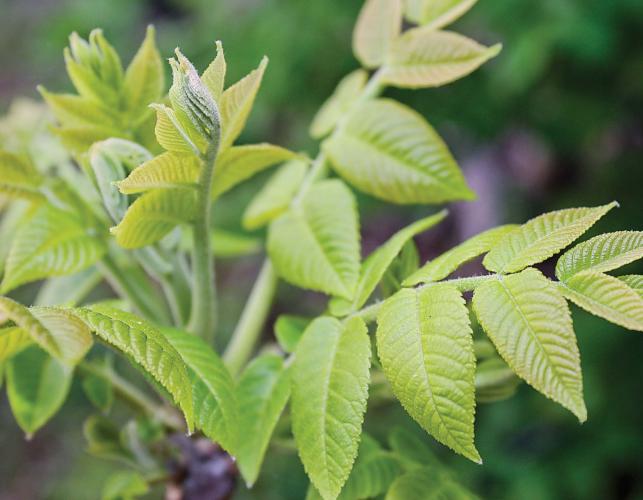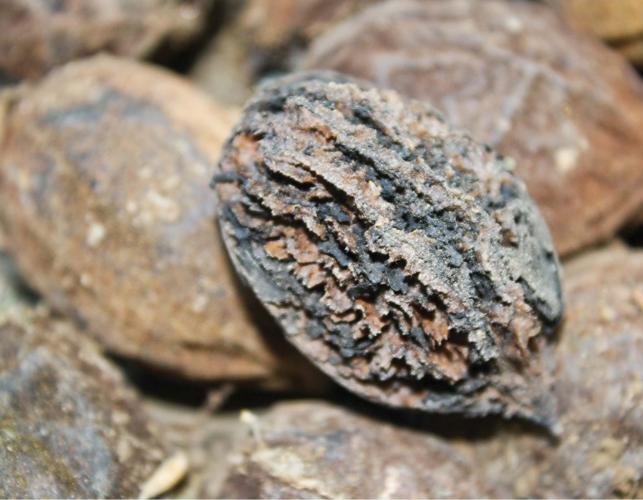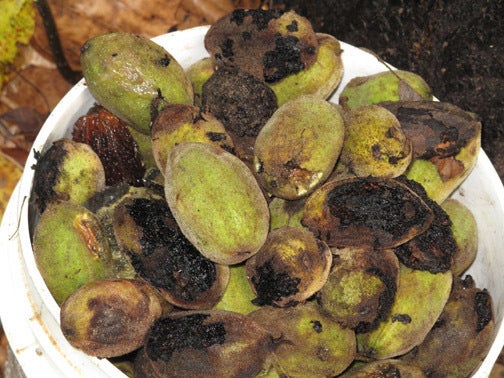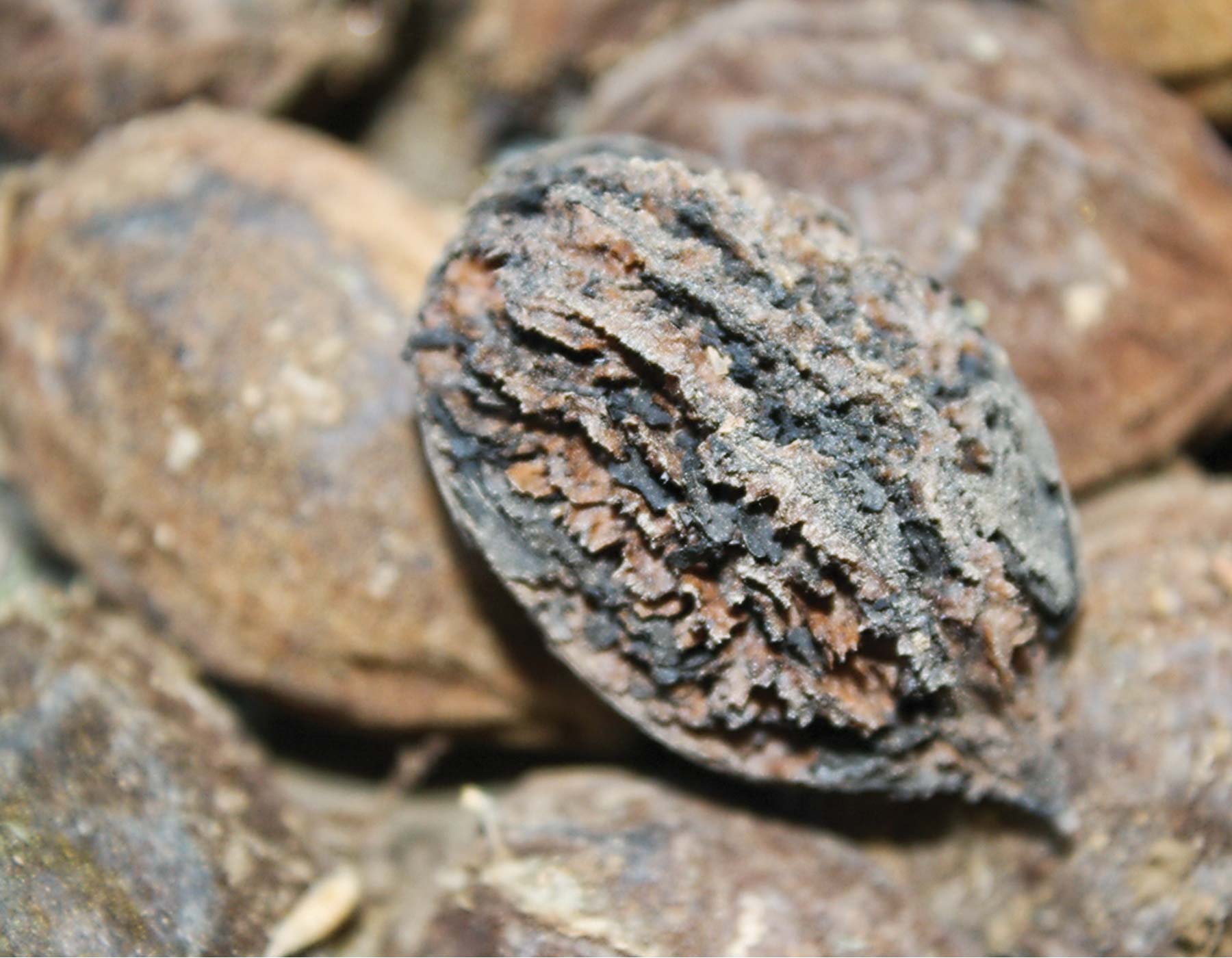
Xplor reconnects kids to nature and helps them find adventure in their own backyard. Free to residents of Missouri.


































Stay in Touch with MDC news, newsletters, events, and manage your subscription

Xplor reconnects kids to nature and helps them find adventure in their own backyard. Free to residents of Missouri.

A monthly publication about conservation in Missouri. Started in 1938, the printed magazine is free to residents of Missouri.








CAPE GIRARDEAU, Mo. -- Now is a great time to send butternut tree seeds to the state nursery, according to the Missouri Department of Conservation (MDC). Ed Hovis, a MDC forestry resource technician, said butternut trees are somewhat rare in our area and they desperately need help. This is why he takes time on and off the job to find and collect butternut tree seeds and send them to the George O. White State Nursery.
"This tree is declining faster than it can reproduce so with our help in seed collection and replanting, maybe we can get it back on track," Hovis said.
Hovis said the butternut tree is in trouble, although it's not yet listed as endangered in Missouri. It was listed as endangered in Canada in 2005 and is of concern to Missouri foresters because of its weakness to butternut canker disease.
"Canker disease is causing a major decline in these trees," Hovis said.
He said collecting butternut tree seeds is a fun activity for families because it's a rare tree, which makes it a challenge to find. The fruit is edible and was used by Native Americans for food, fabric dye and medicinal purposes. The attractive wood produced by the tree is preferred by wood workers.
According to the MDC’s Trees of Missouri guide, the butternut tree is a medium-sized tree, growing up to 60 feet tall. It has a short trunk which divides into several ascending limbs that form an irregular or round-topped crown with whitish bark. The tree has alternate, compound leaves. Butternut trees bear edible fruit that has a drooping husk, 1 ½ to 3 inches long, with dense hair. Hovis said butternut trees are found in bottomland areas, mainly along creek and river banks. The seeds are also popular as a food source for wildlife, which can lead to competition when trying to collect it.
“If the critters don’t get them first you can just pick them off the ground,” Hovis said. “Since they grow along stream banks, most of the fruits fall in the water. Out of the five buckets I gathered, four of them were in the water.”
Besides ensuring the prosperity of the butternut tree, there’s also advantage to taking personal responsibility for protecting and caring for nature and our natural resources.
“Just knowing I took a small part in saving these trees is very rewarding,” Hovis said. “I hope through seed collection and seedlings from the nursery the butternut can make a strong come back.”
Hovis said seeds can be collected in a trash bag, boxed up and sent to the George O. White State Nursery in Licking.
George Clark, the MDC forest nursery supervisor, said it’s important that the seed is sent quickly after it’s gathered.
“Seed can dry out sitting in a garage, house or just sitting on the ground during an extended dry period in the fall,” Clark said.
To send butternut tree seeds, mail them to the George O. White State Forest Nursery, 14027 Shafer Road, Licking, MO, 65542. For more information on the nursery, call (573)674-3229, or go online to mdc.mo.gov. For more information about butternut trees, contact your local MDC forestry office.